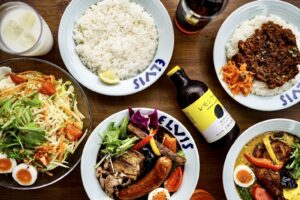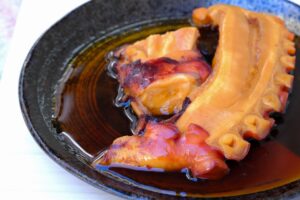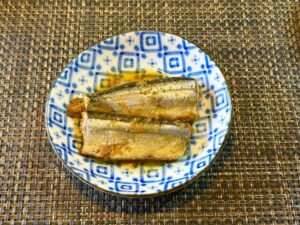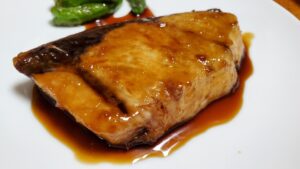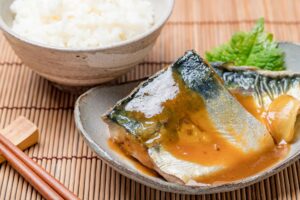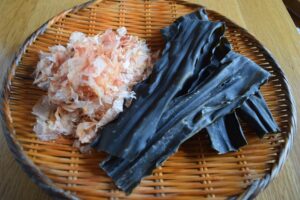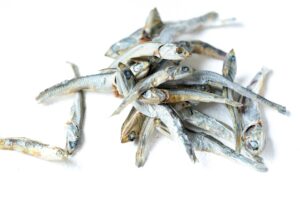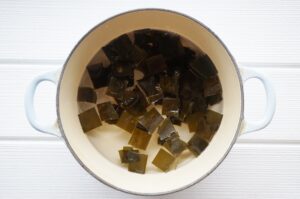Yakiniku, often referred to as “Japanese BBQ,” is a popular style of grilling bite-sized meat and vegetables over an open flame. Rooted in Korean culinary traditions and transformed into a uniquely Japanese experience, yakiniku offers a rich cultural and social encounter. In this guide, you’ll explore its history, meat types, sauces, grilling techniques, pricing, famous restaurants, and how it compares with other global BBQ styles.
What is Yakiniku?
Yakiniku literally translates to “grilled meat” in Japanese. It is a style of Japanese BBQ where bite-sized pieces of meat and vegetables are grilled over a gas or charcoal flame, often right at the dining table. Yakiniku is celebrated for its interactive nature, allowing diners to cook their own selections of meat to their liking. Unlike Western BBQ, which tends to focus on smoking or slow-roasting, yakiniku emphasizes quick grilling and dipping sauces. It’s deeply ingrained in Japan’s modern dining culture, particularly in group settings like family meals, business gatherings, or friendly outings. Yakiniku restaurants are widely popular throughout Japan, ranging from casual all-you-can-eat spots to upscale wagyu specialty establishments.
A Brief History of Yakiniku
The roots of yakiniku in Japan can be traced back to the Meiji era (1868–1912), when Japan opened its borders and began absorbing Western culture, including the practice of eating meat—previously discouraged due to Buddhist influence. As meat consumption became socially acceptable, simple grilled meat dishes such as salt-grilled beef started appearing. These were the precursors to modern yakiniku.
Post-World War II, Japanese society saw significant changes, including the democratization of cuisine. Korean immigrants introduced their own grilled meat traditions, often using marinades and charcoal grilling. These influences, combined with Japan’s growing domestic meat industry, led to the popularization of yakiniku across urban areas. By the 1960s, dedicated yakiniku restaurants were flourishing nationwide.
Over time, the Japanese palate shaped yakiniku into a distinct style, preferring thinner cuts of meat with lighter seasoning and an emphasis on dipping sauces rather than pre-marinades. Today, yakiniku is beloved by all generations and remains a symbol of social dining, from casual neighborhood spots to premium wagyu experiences.
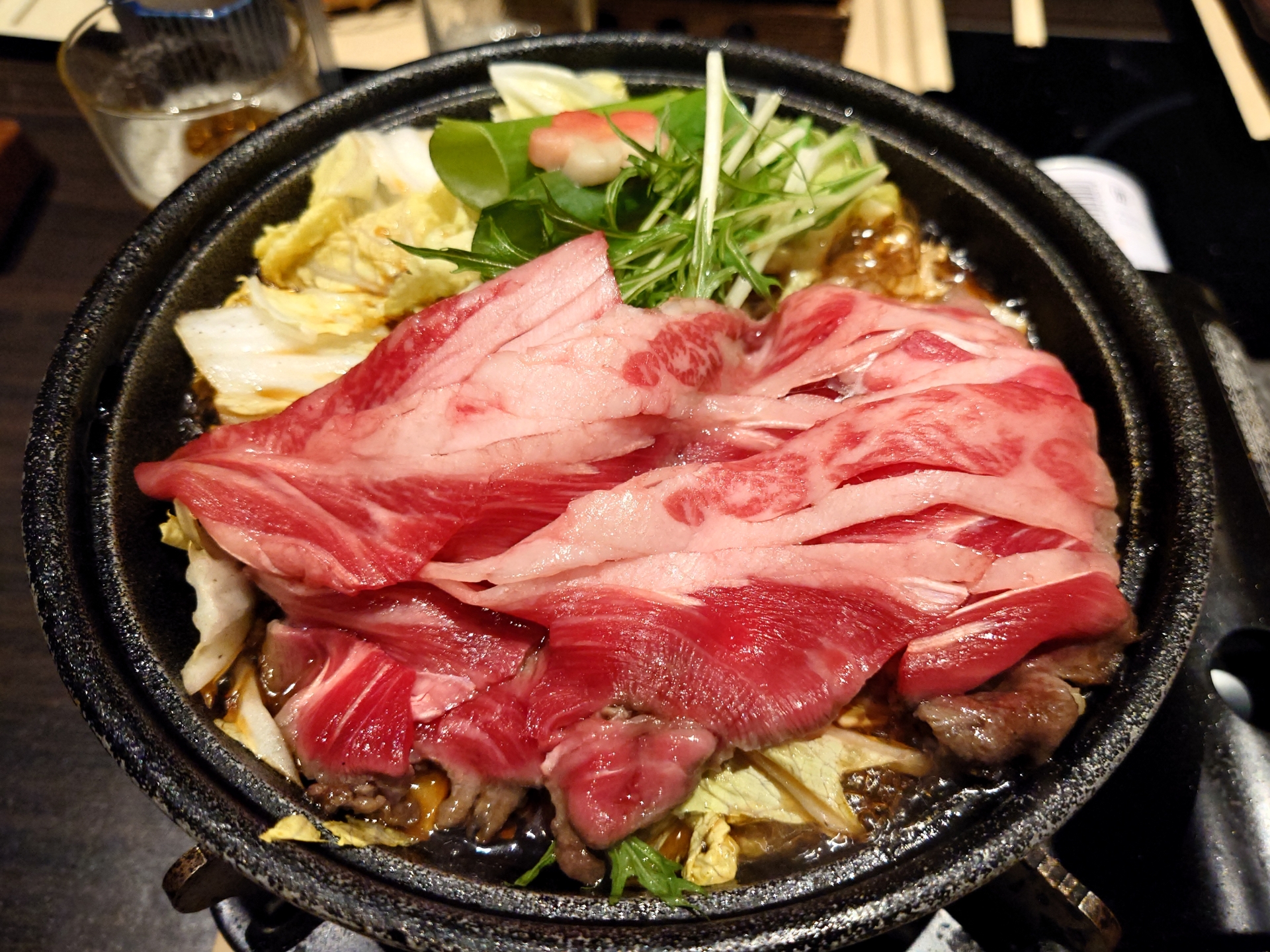
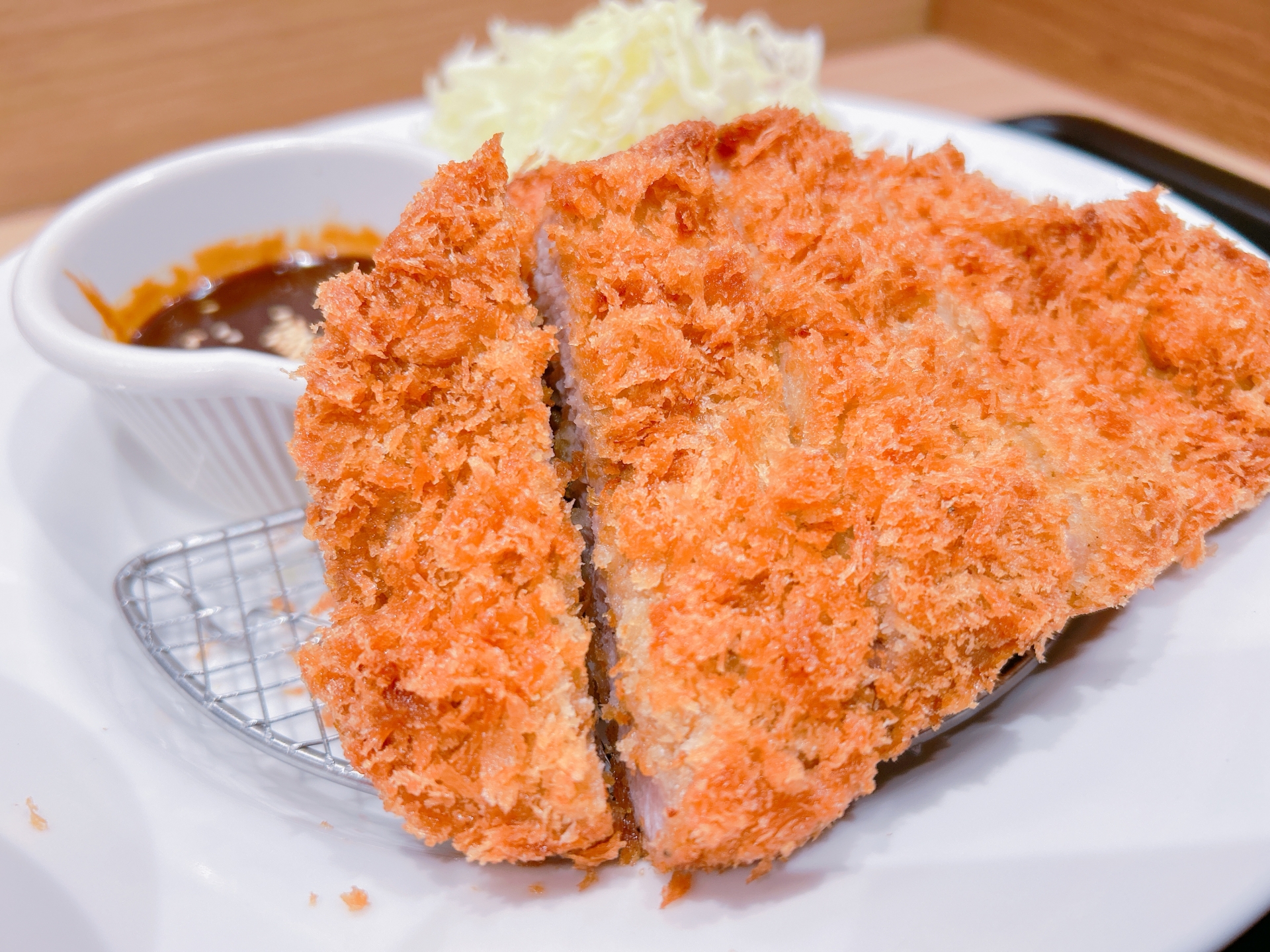
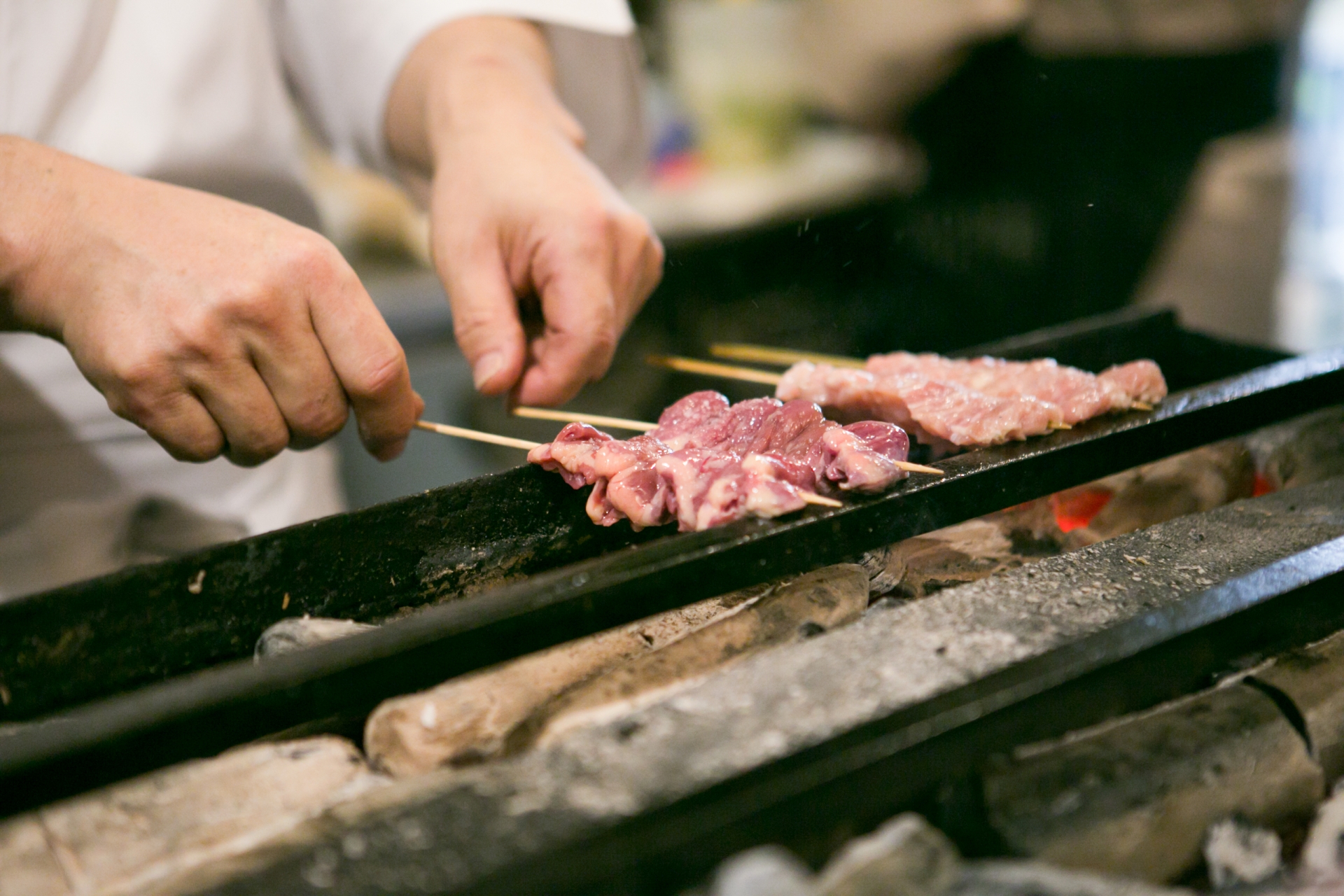
Yakiniku vs. Korean BBQ: Key Differences
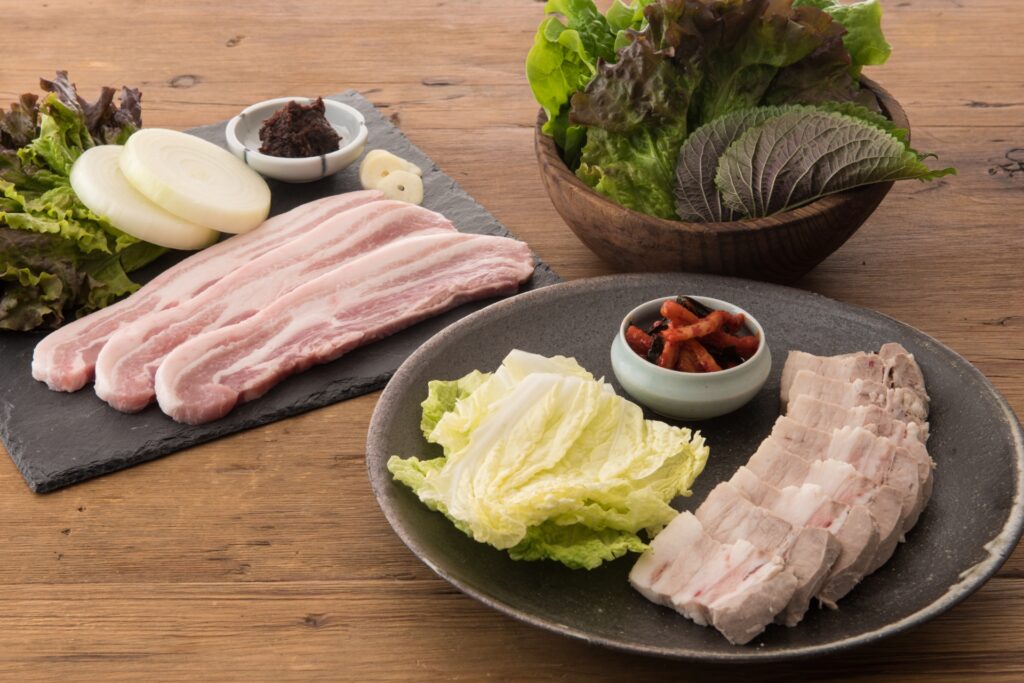
While yakiniku shares some similarities with Korean BBQ, several key differences set them apart:
| Feature | Yakiniku | Korean BBQ |
| Seasoning | Light or dipping sauces | Often pre-marinated |
| Side Dishes | Minimal | Multiple banchan |
| Meat Cuts | Thin-sliced beef/pork | Varied, with marinades; often pork-heavy |
| Cooking Method | Gas or charcoal tabletop | Mostly charcoal tabletop |
| Eating Style | Grilled and dipped | Often wrapped in lettuce (ssam) with condiments |
Yakiniku focuses more on enhancing the natural flavor of high-quality meats with light sauces, whereas Korean BBQ leans on intense marinades and numerous side dishes to build complex flavor experiences. Korean BBQ frequently features pork cuts and emphasizes wrapping grilled meats in leafy greens like lettuce or perilla leaves, accompanied by fermented and spicy condiments.Yakiniku focuses more on enhancing the natural flavor of high-quality meats with light sauces, whereas Korean BBQ leans on intense marinades and numerous side dishes to build complex flavor experiences.
Types of Meat and Cuts Used in Yakiniku
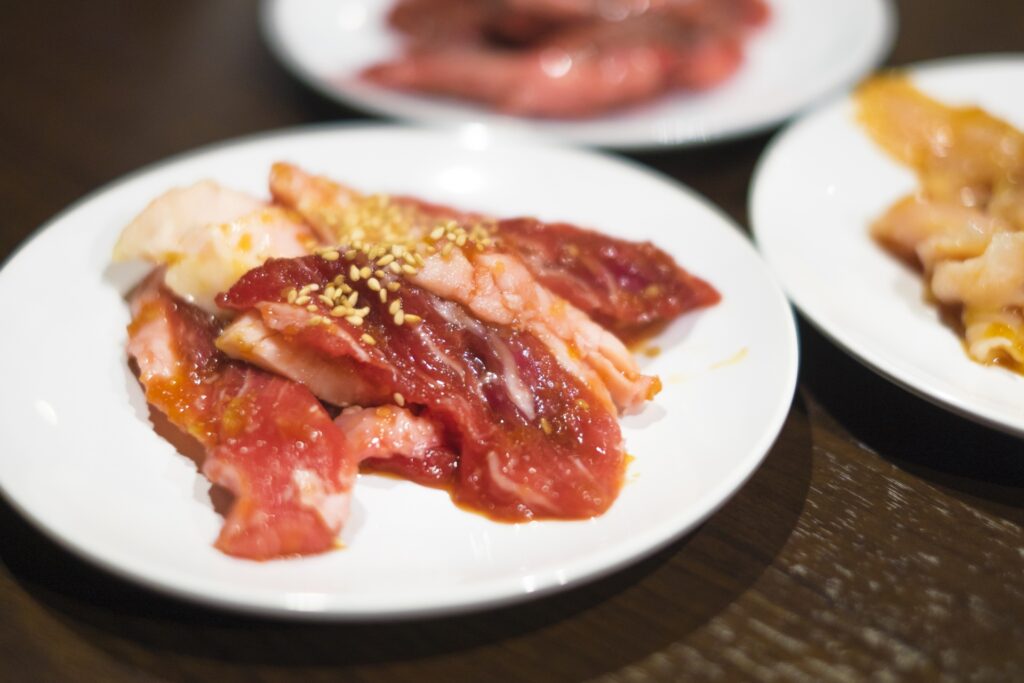
Yakiniku showcases a wide variety of meat cuts:
- Karubi (Short Ribs): Known for its juicy marbling, this is one of the most popular cuts.
- Rosu (Sirloin): Leaner and often enjoyed with lighter sauces.
- Harami (Skirt Steak): Tender with a robust beefy flavor.
- Gyutan (Beef Tongue): Thinly sliced and often enjoyed with a squeeze of lemon.
- Pork and Offal: Pork belly and various organ meats are also common.
Most meats are sliced thin to ensure quick cooking and are served raw for table grilling. Presentation and preparation are key, emphasizing quality and texture.
Famous Wagyu Brands in Japan
Premium wagyu beef is often featured in high-end yakiniku. Notable brands include:
- Kobe Beef: World-famous for its exquisite marbling and buttery texture.
- Matsusaka Beef: Prized for its melt-in-your-mouth quality and high fat content.
- Yonezawa Beef: Known for its balanced flavor and rich umami.
- Omi Beef: One of Japan’s oldest wagyu brands, offering tender and flavorful cuts.
These meats are often served with minimal seasoning to highlight their inherent taste.
Essential Yakiniku Sauces and Condiments
A key component of yakiniku is its dipping sauces and simple seasonings, which include:
- Tare: A sweet and savory soy-based sauce.
- Miso Dips: Thicker, slightly tangy sauces made from miso paste.
- Ponzu: A citrus-based soy sauce, ideal for lighter meats.
- Sesame Sauce: Nutty and rich, pairs well with pork and offal.
- Rock Salt or Salt & Pepper: Enhances the pure flavor of high-quality meat.
- Yuzu Kosho: A spicy-citrusy paste made from yuzu peel and chili pepper, popular with grilled meats.
Making tare at home is simple: combine soy sauce, mirin, sake, sugar, garlic, and sesame oil, then simmer until thickened.
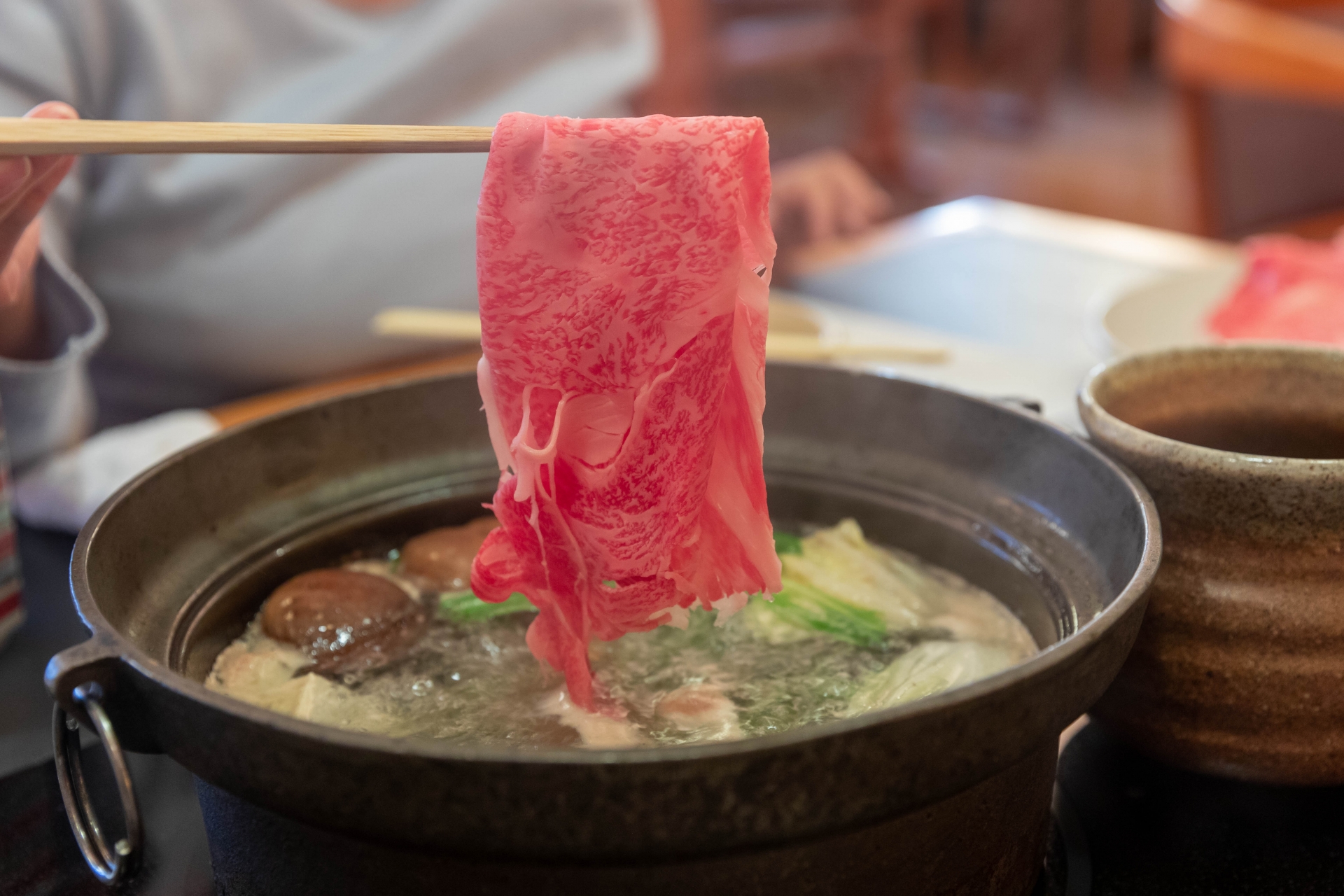
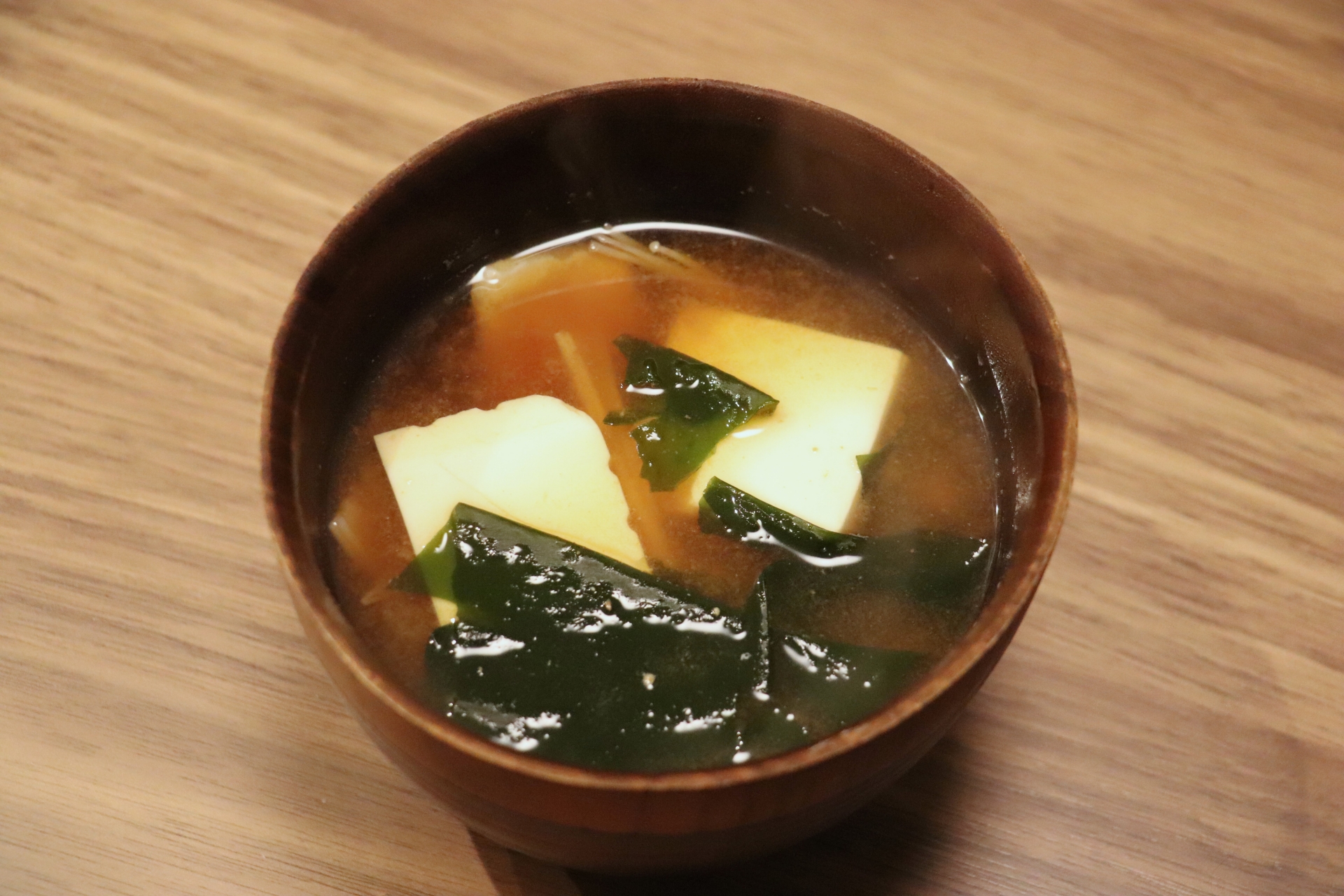
How to Enjoy Yakiniku at a Restaurant
Dining at a yakiniku restaurant is a fun and immersive experience. Here’s how to make the most of it:
- Ordering: Choose meat cuts a la carte or go for set menus. All-you-can-eat options are also popular.
- Grilling: Grill a few pieces at a time to avoid overcooking. Use tongs or chopsticks to flip meats.
- Etiquette: Use separate chopsticks for raw and cooked meats. Don’t overload the grill.
- Pairings: Complement your meat with rice, soup, and light salads.
Different Grilling Styles: Shichirin, Teppan, and Mesh Grates
- Shichirin (Charcoal Grill): Traditional and imparts a smoky depth.
- Teppan (Iron Plate): Often used at home for convenience.
- Mesh Grate (Wire Grill): Drains fat well and delivers charred flavor.
Each grill style influences the final flavor and texture of the meat.
Yakiniku at Home: Tools and Tips
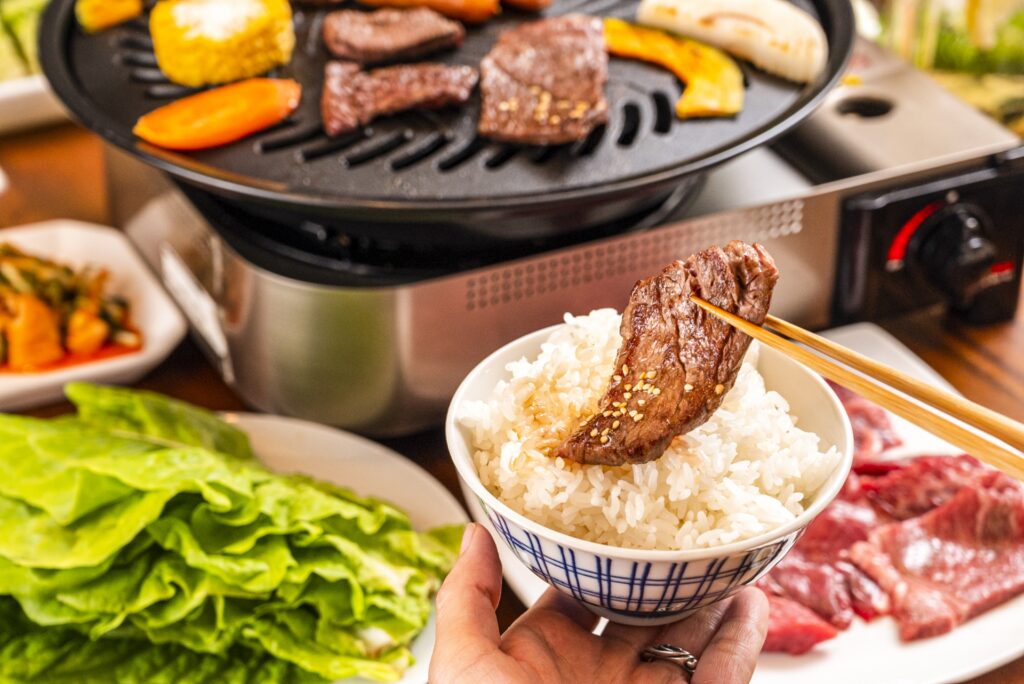
Recreating yakiniku at home is easy with the right setup:
- Grills: Use electric tabletop grills for convenience or portable gas grills for authentic flavor.
- Starter Kits: Look for kits that include a grill, sauces, and meat cuts.
- Meat Sourcing: Asian grocery stores or online butchers often carry yakiniku-specific cuts.
- Vegan Options: Substitute meat with mushrooms, eggplant, tofu, or seitan.
- Health Tips: Opt for lean cuts, trim visible fat, and use low-sodium sauces.
Yakiniku at home offers a social, engaging meal that’s perfect for family or friends.
Regional and Modern Variations of Yakiniku
Yakiniku varies by region in Japan:
- Kanto (Tokyo area): Focuses on beef tongue and premium wagyu.
- Kansai (Osaka area): Emphasizes offal and hearty cuts.
Modern trends include:
- Wagyu-only restaurants
- Solo yakiniku booths for solo diners
- Fusion menus blending Western or Korean influences
These variations reflect how yakiniku continues to evolve.
FAQ About Yakiniku
What does “yakiniku” mean? “Grilled meat” in Japanese.
How is it different from Korean BBQ? Yakiniku features lighter seasoning and fewer side dishes.
What types of meat are used? Beef (karubi, rosu), pork, tongue, offal.
What are the best sauces? Tare, ponzu, sesame, and miso-based dips.
Yakiniku Pricing: What to Expect in Japan
Pricing for yakiniku can vary greatly:
- Restaurants: Expect to pay between ¥3,000 and ¥10,000 per person depending on meat quality.
- Home Dining: More budget-friendly, especially when using supermarket cuts and electric grills.
Many restaurants offer tabehoudai (all-you-can-eat) deals for around ¥3,000, making it accessible for larger groups.
Famous Yakiniku Restaurants in Japan
Some renowned yakiniku spots include:
- Jojoen: Luxurious experience with high-end wagyu; popular among celebrities.
- Yakiniku Like: Solo-friendly with fast service and individual grills.
- Gyukaku: International chain offering both affordable and premium menus.
- Toraji: Known for thick-cut wagyu and upscale ambiance.
These restaurants showcase the diversity and appeal of yakiniku dining.
Yakiniku vs. Western BBQ: What Sets Them Apart
| Feature | Yakiniku (Japan) | BBQ (USA/West) |
| Cooking Style | Quick, direct grilling | Slow-smoked or grilled |
| Flavor Base | Light dipping sauces | Heavy rubs or marinades |
| Social Format | Shared grilling experience | One host cooks for all |
| Tools | Tabletop grills (gas/charcoal) | Outdoor smokers and grills |
Yakiniku focuses on clean, simple flavors and active participation, while Western BBQ is more about bold flavors and long cooking times.
Conclusion: Why Yakiniku is More Than Just Grilled Meat
Yakiniku is more than a meal—it’s a shared experience rooted in tradition, taste, and togetherness. Whether enjoyed in a bustling Tokyo restaurant or around a home tabletop grill, it offers a flavorful journey through Japanese food culture. With its emphasis on quality ingredients, communal cooking, and subtle seasonings, yakiniku invites diners to savor not only the food but the moment. Whether you’re a foodie, a traveler, or a home chef, exploring yakiniku is a delicious way to dive into Japanese cuisine.




